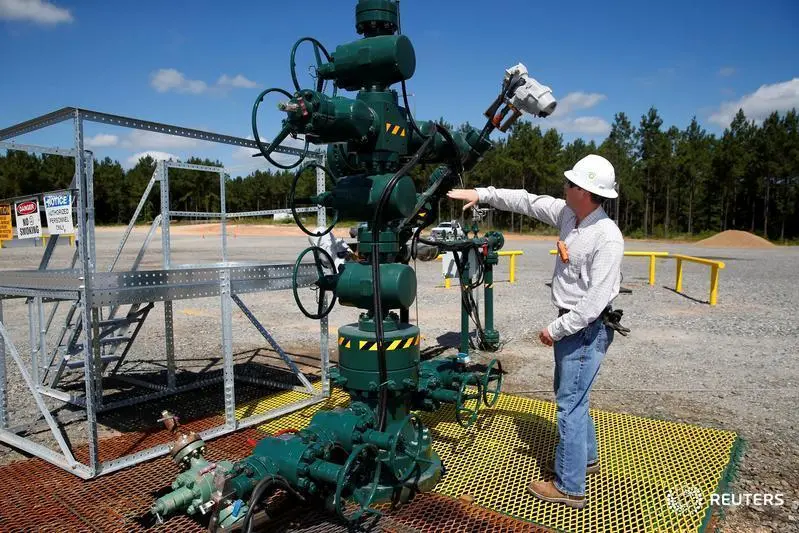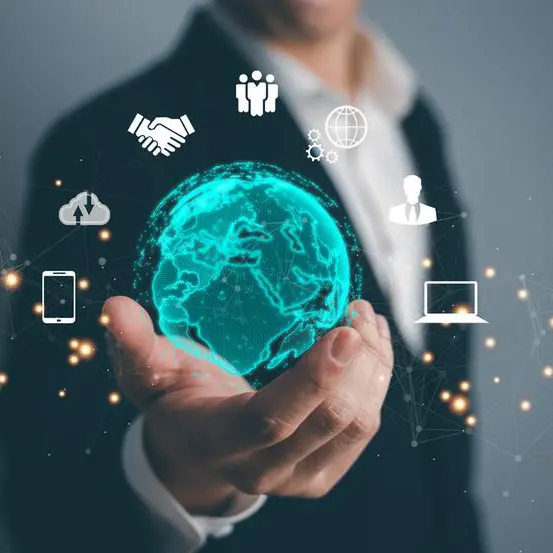PHOTO
U.S. natural gas futures jumped over 4% to a six-week high on Wednesday after the latest forecasts confirmed earlier outlooks for an extremely cold last week of January.
Traders also noted production has been slow to return following freeze-offs and other weather-related declines over New Year's weekend.
Front-month gas futures rose 18.5 cents, or 4.4%, to $4.434 per million British thermal units (mmBtu) at 8:38 a.m. EST (1338 GMT), putting the contract on track for its highest close since Nov. 30.
That also put the front-month up for a fourth day in a row for the first time since September and put it into technically overbought territory with a relative strength index (RSI) over 70 for the first time since October.
The premium of futures for January over February , meanwhile, rose to its highest since October.
With the U.S. Northeast weather turning less cold, spot power and gas prices slid after hitting their highest since January 2018 over the past few days.
Lingering cold since New Year's Day continued to cause well freeze-offs and other production declines in several regions, including the Permian in Texas and New Mexico, the Bakken in North Dakota and Appalachia in Pennsylvania, West Virginia and Ohio.
Data provider Refinitiv said output in the U.S. Lower 48 states averaged 94.7 bcfd so far in January, down from a record 97.6 bcfd in December.
Refinitiv projected average U.S. gas demand, including exports, would slide from 133.5 bcfd this week to 132.7 bcfd next week as the weather briefly turns less cold. Traders, however, noted the latest forecasts called for extremely cold weather to return during the last week of January.
On a daily basis, Refinitiv said total U.S. gas demand plus exports hit a preliminary record of 150.9 bcfd on Jan. 7. That would top the current record of 150.6 bcfd on Jan. 30, 2019, and the 147.2 bcfd hit on Feb. 12, 2021, just before Winter Storm Uri left millions without power and heat for days after freezing gas wells and pipes in Texas and other U.S. Central states.
The amount of gas flowing to U.S. LNG export plants averaged 12.1 bcfd this month, down from a record 12.2 bcfd in December.
Traders said demand for U.S. LNG will remain strong so long as global gas prices keep trading well above U.S. futures as utilities around the world scramble for LNG cargoes to replenish low stockpiles in Europe and meet surging demand in Asia.
Gas prices were trading near $26 per mmBtu in Europe and $33 in Asia , compared with around $4 in the United States. But, no matter how high global gas prices rise, the United States only has capacity to turn about 12.2 bcfd of gas into LNG.
So global markets will have to wait until later this year for some of the 18 liquefaction trains under construction at Venture Global LNG's Calcasieu Pass in Louisiana to start producing LNG. The plant has been pulling in small amounts of feed gas since around September as it prepares to begin operating.
(Reporting by Scott DiSavino; Editing by Andrea Ricci) ((scott.disavino@thomsonreuters.com; +1 332 219 1922; Reuters Messaging: scott.disavino.thomsonreuters.com@reuters.net))












